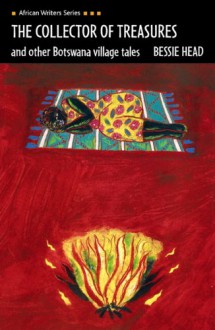
This book contains some interesting information and provides a broad and in-depth historical look at its topic. However, it’s a bit dull, rations its commas much too severely, has a tendency to overgeneralize, and its racial characterizations and blind spots are troubling. And by virtue of being published in 1996, before the current opiate crisis, it’s dated now, focusing mostly on the 19th and 20th centuries.
The early chapters provide a good overview of how opium is grown, its effects, and its use from antiquity through the 18th century. The author has a tendency to want to make everything about opium (like every image in the Rime of the Ancient Mariner – there’s a lot about Romantic poets here), but I still found this fairly interesting.
But its Anglocentric perspective becomes clear as it gets into the Opium Wars of the early 19th century and beyond, with wide-eyed details about drug smuggling and an approving view of the drug war. While it’s not exactly surprising that this white British author failed to draw the insights Alexander did in The New Jim Crow fourteen years later, I find literature about the drug war that doesn’t consider its racialized nature to be fairly worthless reading today. It’s like reading a history of the American South that never mentions black people – sure, you might still get some information from it, but how much that’s really useful? There’s even a howler about how increasing heroin use in black and Hispanic “ghettos” in American cities “so worried the FBN [predecessor of the DEA] that, in 1951, a mandatory minimum sentence of two years was instituted for a first conviction of narcotics possession.” Worried…. because “worry” (with its implications of stewardship and compassion) is what causes officials to throw poor young men of other races into prison for two years for a minor, first offense. Right.
Weird racial comments are even more prevalent regarding Asians: the “beautiful Oriental whores” of Hong Kong, the “native ignorance of hygiene” that caused illness from needle sharing in 19th century China (given that the hypodermic syringe wasn’t invented until the 1840s, I’m pretty sure its safe use was new to everybody at that time), the comment that “[t]he sight of opium addicts in the streets of Hong Kong was a commonplace which most Chinese ignored but which even long-term expatriate residents could seldom see without a shudder of sympathy.” Given that the author’s sources are overwhelmingly European, I’m not sure why he thinks it’s appropriate to contrast European feelings with Chinese action, unless it’s in service of some unsupported idea about Europeans having finer feelings, perhaps?
At any rate, I learned some stuff from this book, though I really only read the first half for its information and skimmed/skipped over the second with its cluelessness and racism. Worth looking at if you’re interested in the older historical aspects, less so for the modern history.

 Log in with Facebook
Log in with Facebook 









